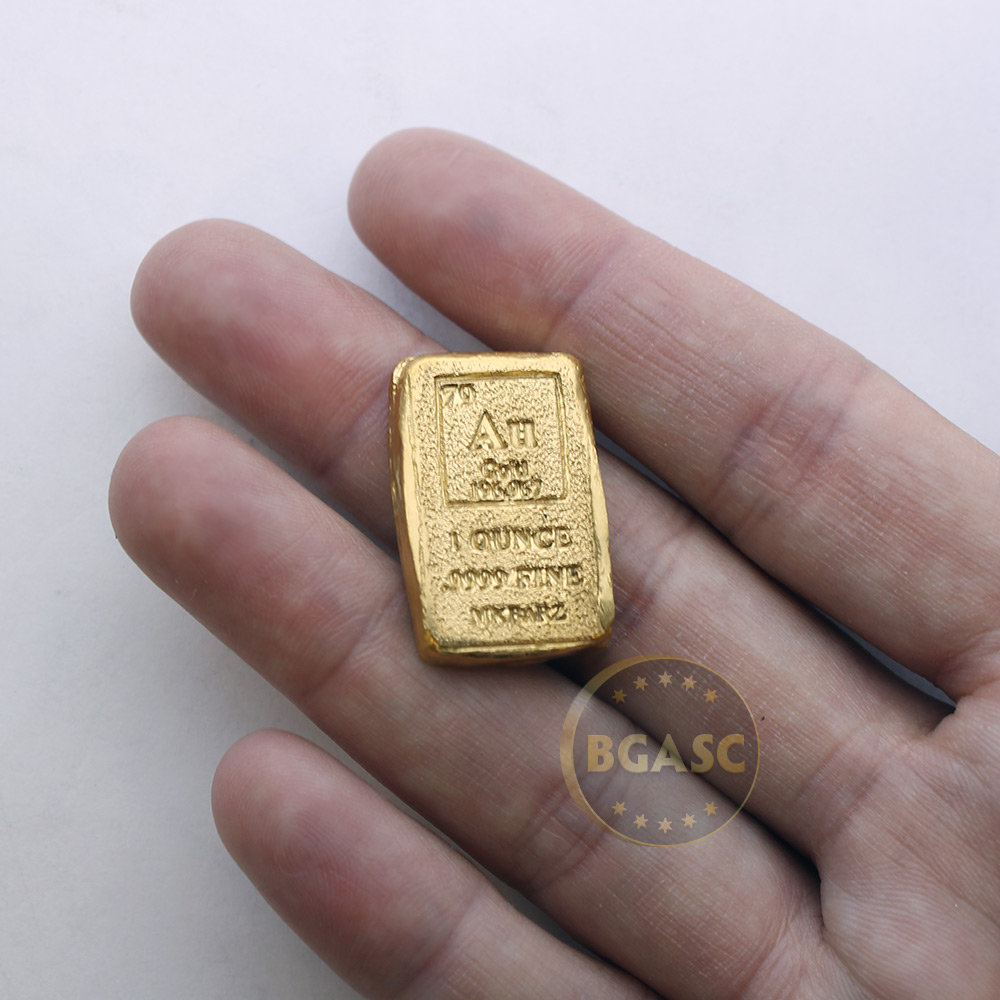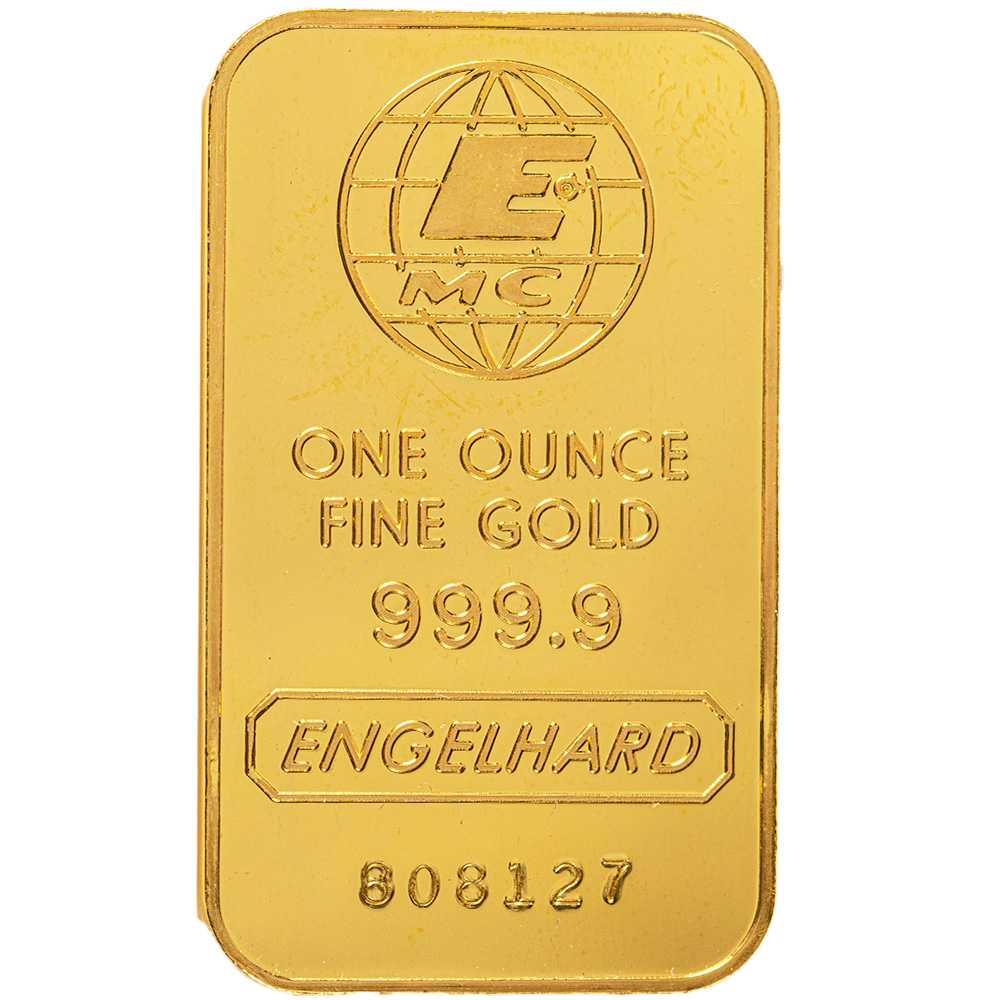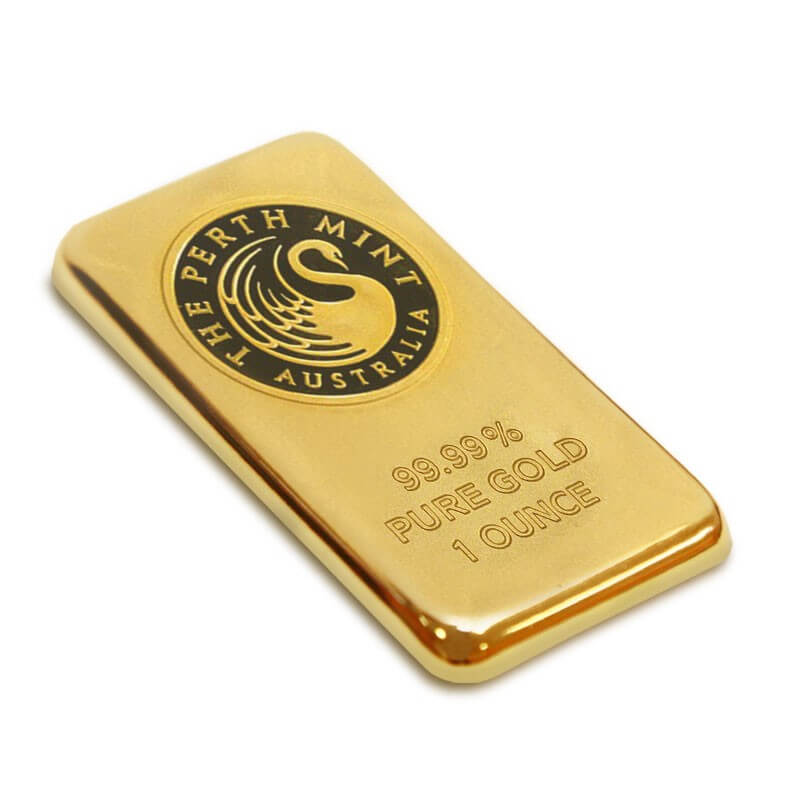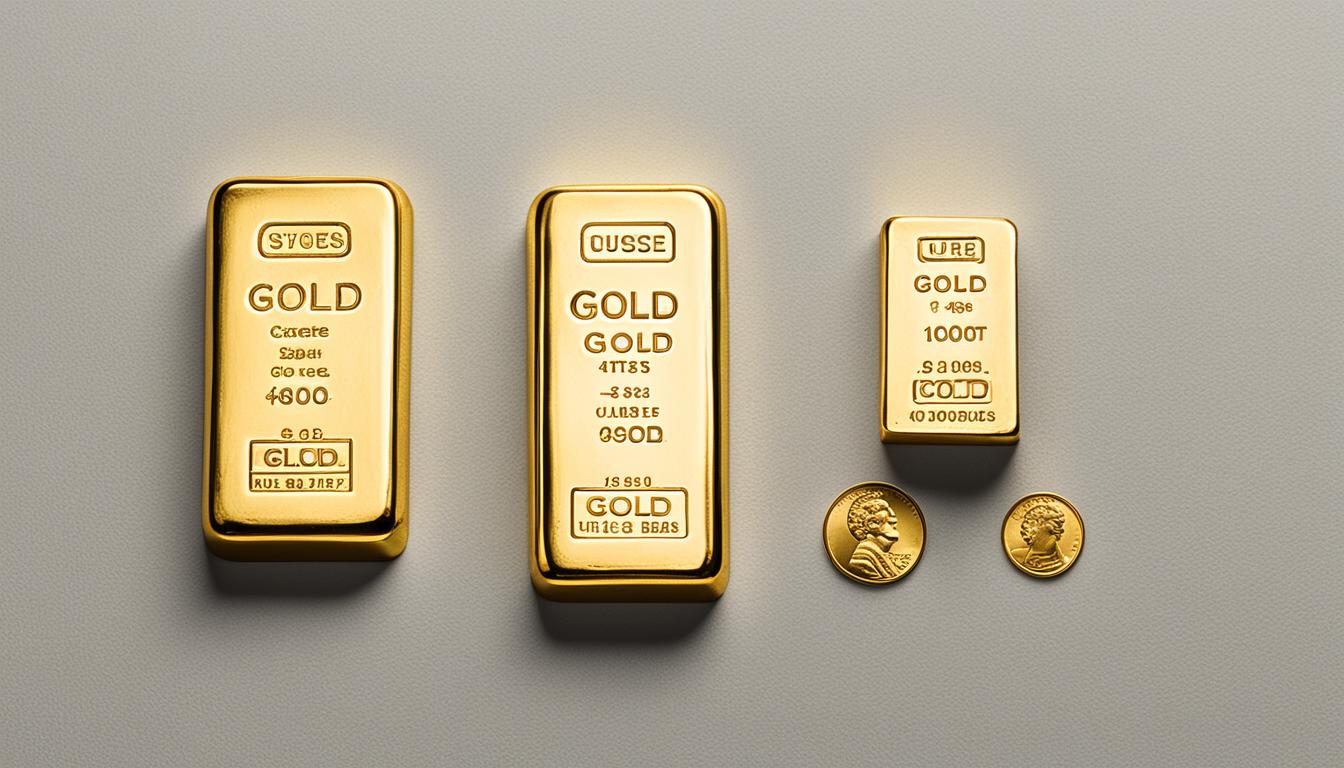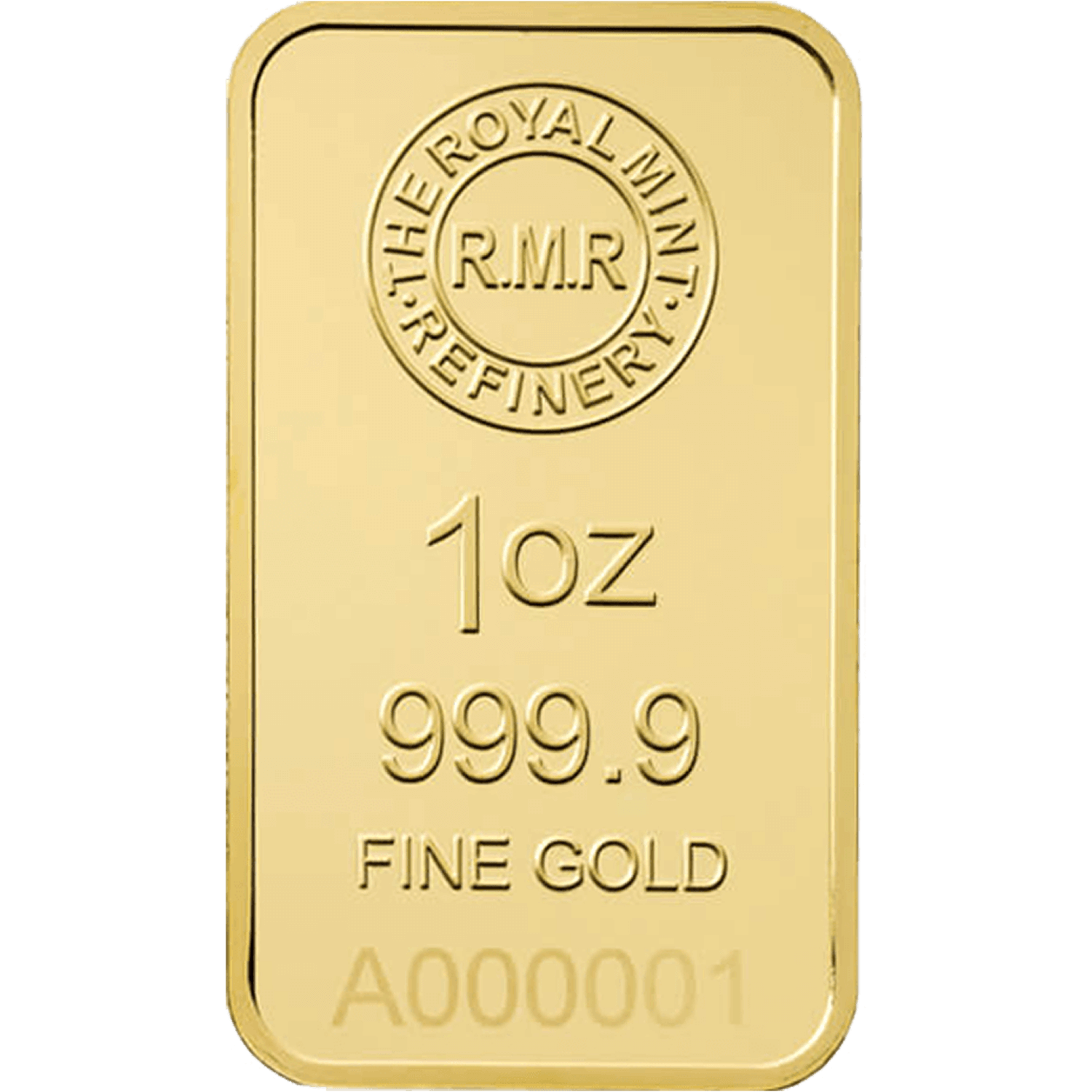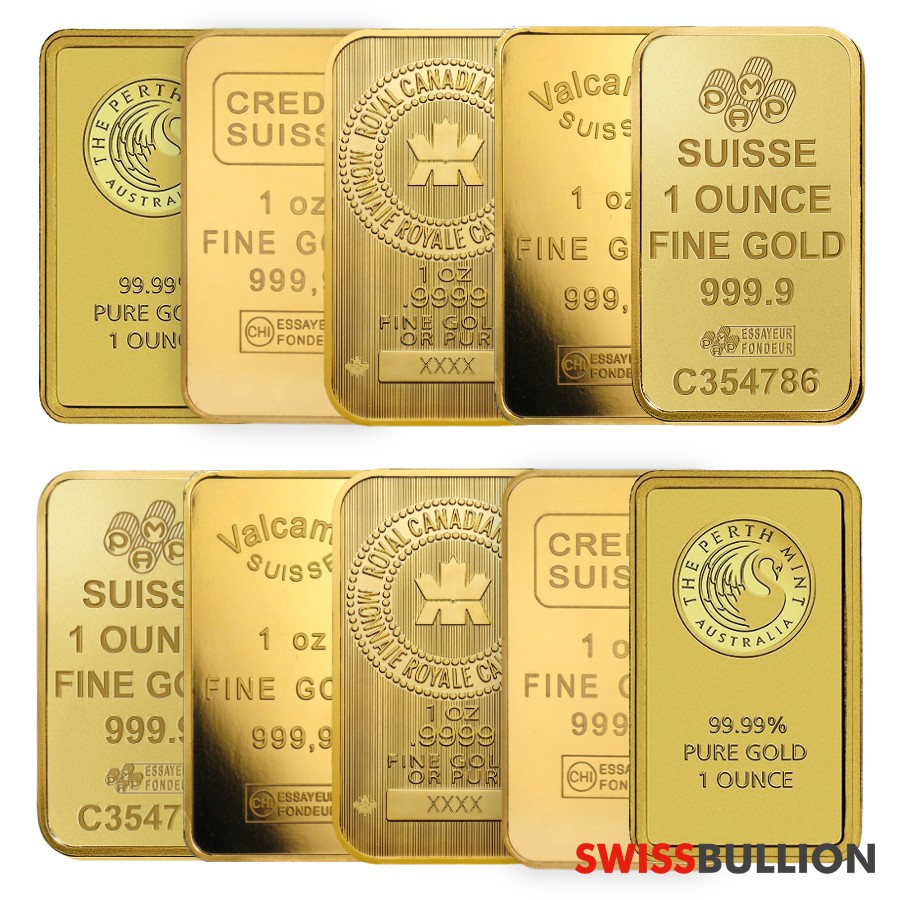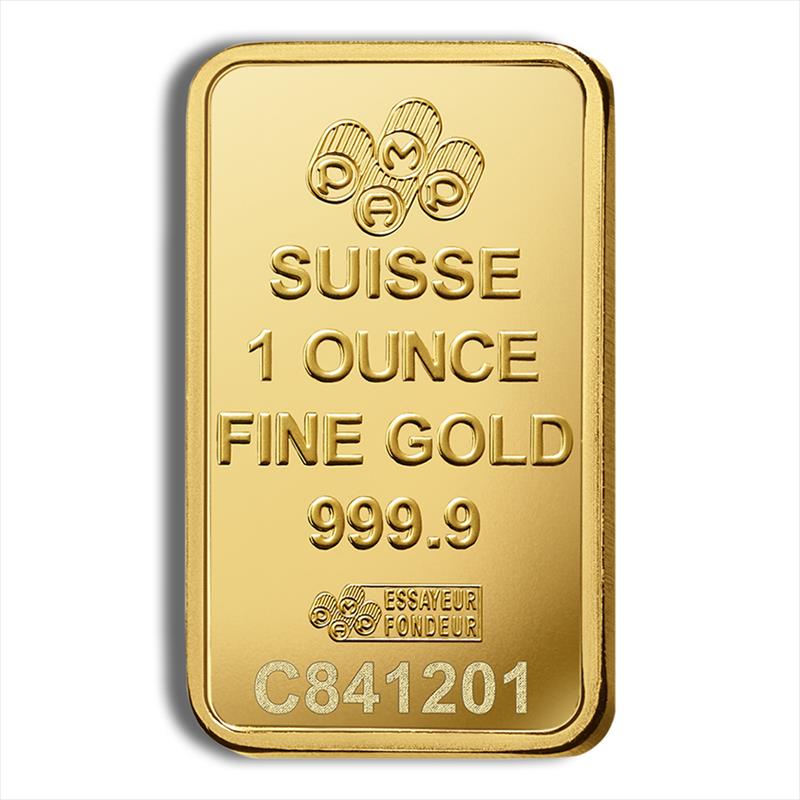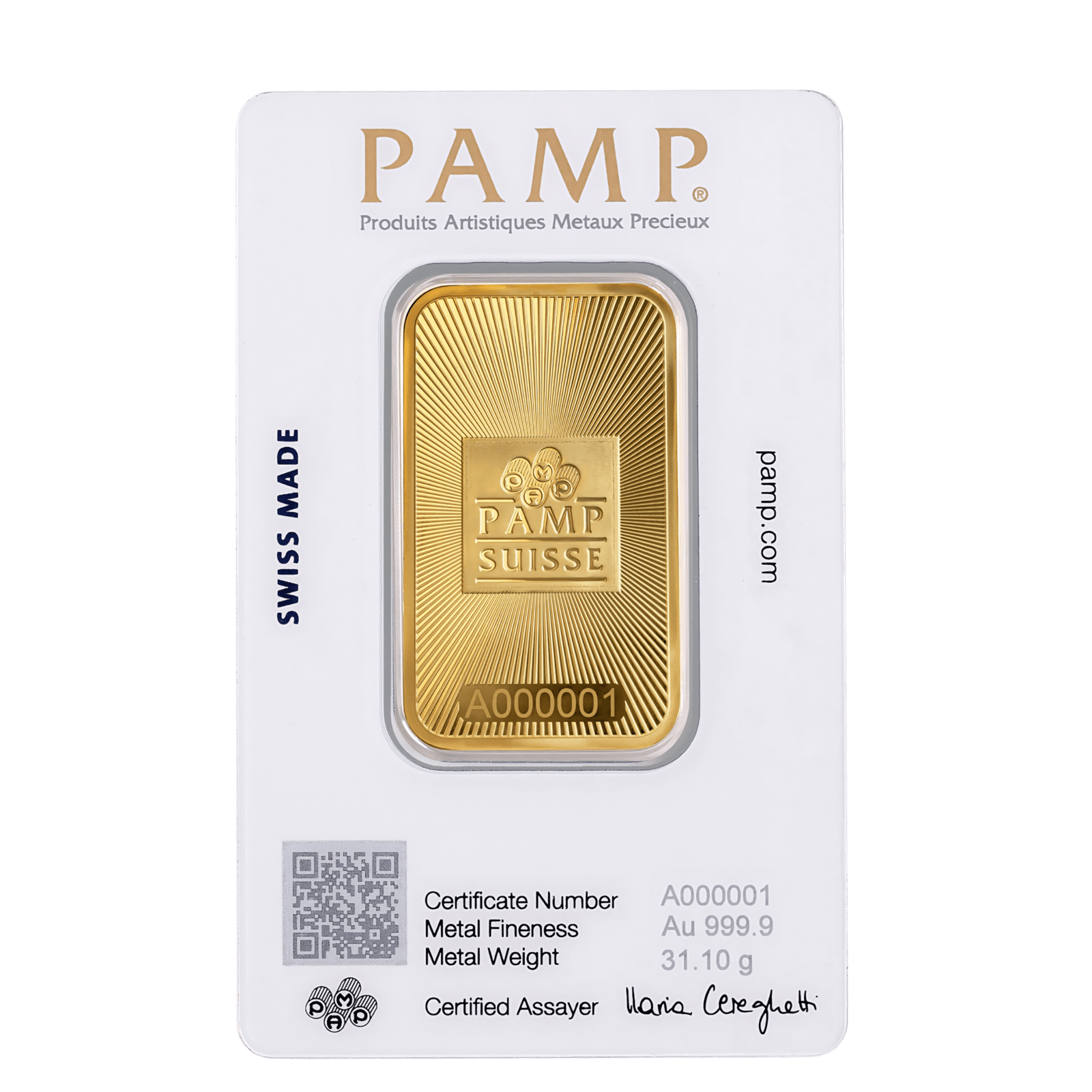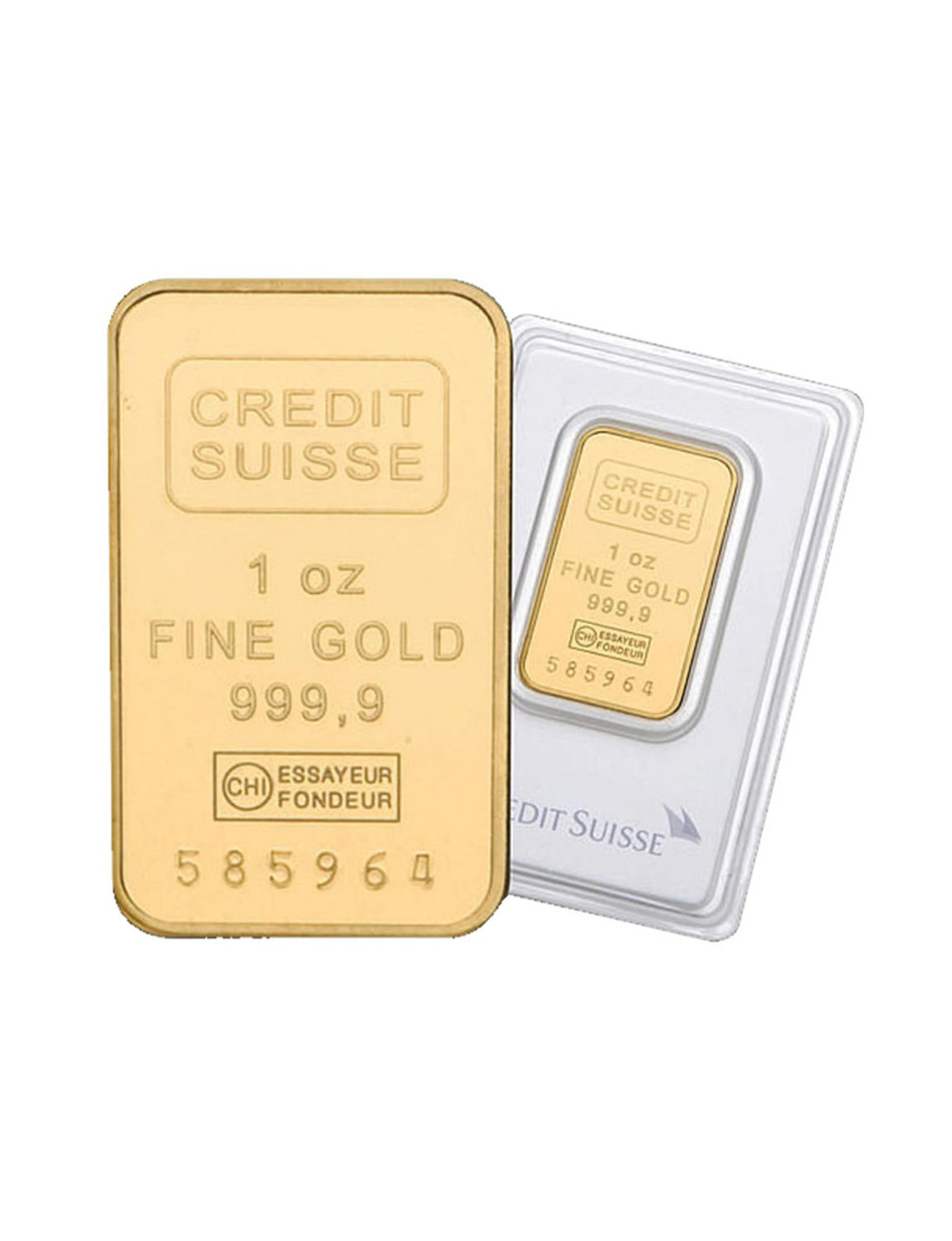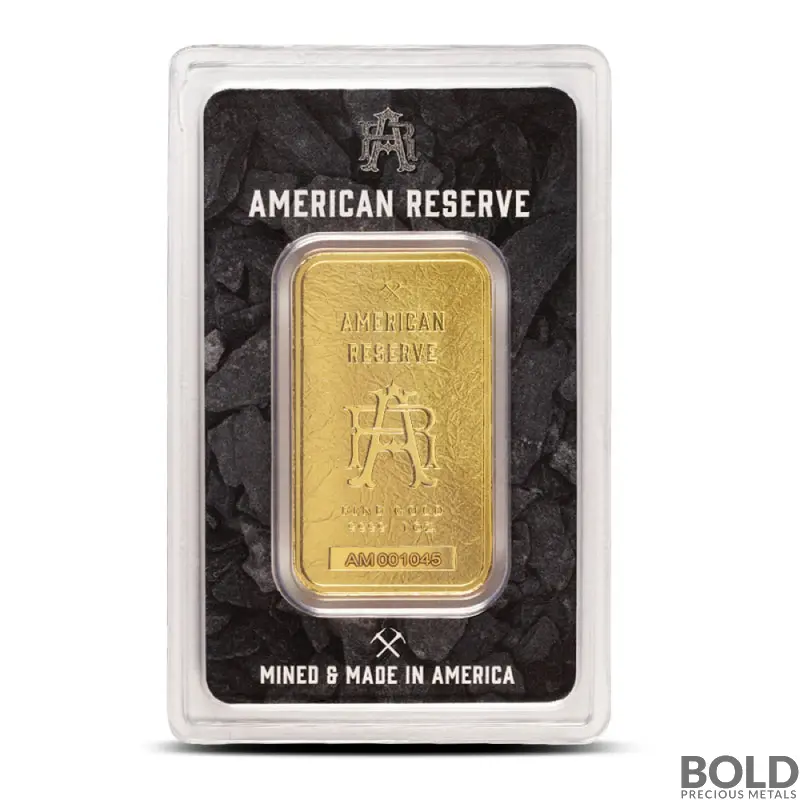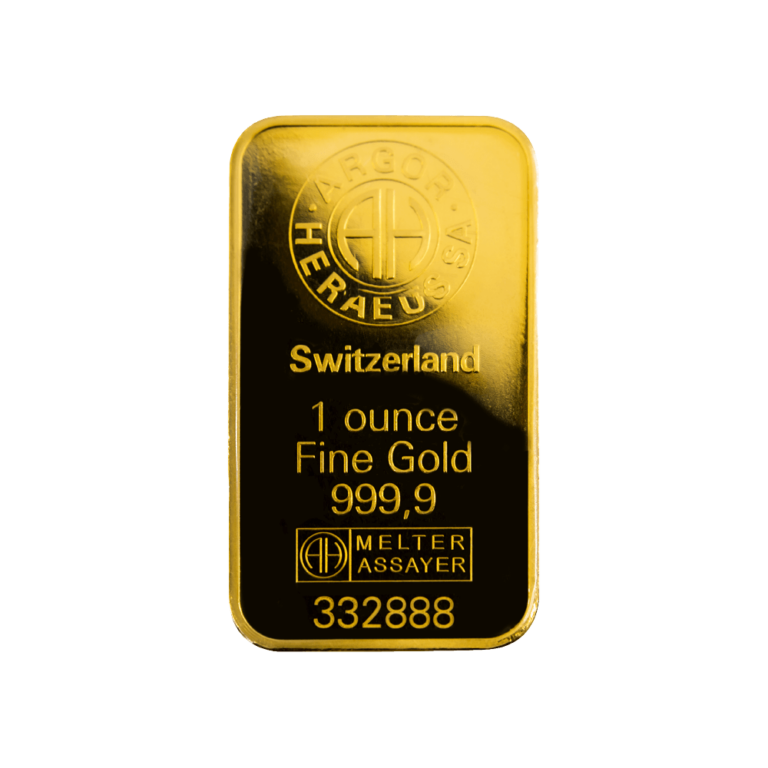How Big Is A 1 Oz Gold Bar

The allure of gold, a precious metal coveted for millennia, often transcends its mere monetary value. For investors and collectors alike, holding a tangible piece of this history, a one-ounce gold bar, represents security and enduring wealth.
But beyond its symbolic significance, a practical question arises: just how big is a one-ounce gold bar? The answer, while seemingly simple, reveals intricacies related to density, purity, and the specific form of the bar itself, elements that significantly influence its dimensions.
The Bare Facts: Unveiling the Dimensions
At its core, a one-ounce gold bar contains 31.1035 grams of gold. However, understanding the physical size requires delving into the gold's purity and the specific dimensions chosen by the manufacturer.
This article will explore the average dimensions of common one-ounce gold bars, the impact of gold purity (karat) on these measurements, and the factors that influence the size variations across different mints and manufacturers.
The Nut Graf: Gold, Density, and Dimensions
This examination clarifies the seemingly straightforward question of size, navigating the complexities of density, purity, and manufacturing standards.
By understanding these nuances, potential buyers and investors can gain a more informed perspective on the physical reality of their gold investments and differentiate between various products in the market.
This article relies on information from reputable sources like the United States Mint and data from established bullion dealers to provide an accurate and comprehensive overview of the dimensions of a one-ounce gold bar.
Understanding Gold Purity: Karat and its Impact
Gold's purity is measured in karats, with 24 karats representing pure gold. However, pure gold is often too soft for practical use in jewelry or bars, leading to the addition of other metals like silver or copper to increase its durability.
This alloying process affects the overall density of the bar and, consequently, its dimensions. A 24k gold bar will have a different size compared to a 22k or even a 14k gold bar, given the same weight.
Most investment-grade gold bars are .999 or .9999 fine (99.9% or 99.99% pure), also referred to as 24k gold. These bars are the closest to pure gold and are often preferred by investors seeking maximum gold content.
Typical Dimensions of a 1 oz Gold Bar
While there is no universal standard, most one-ounce gold bars share similar dimensions. A typical rectangular one-ounce gold bar measures approximately 41mm x 24mm x 1.7mm.
These measurements can vary slightly depending on the mint or manufacturer. Round gold coins, such as the American Gold Eagle (which technically contains one troy ounce of gold), will have a different diameter and thickness altogether.
It's crucial to note that these are approximate figures. Always check the specific product details provided by the seller or manufacturer for the most accurate dimensions.
Variations Among Manufacturers and Mints
Different mints and manufacturers employ varying techniques and standards. This often leads to slight dimensional differences even amongst one-ounce gold bars of similar purity.
For instance, the Royal Canadian Mint may produce bars with slightly different dimensions compared to those from PAMP Suisse or Valcambi.
These variations, although minor, should be considered, especially if storage space is a significant concern for the investor.
Weight vs. Size: A Crucial Distinction
It's essential to differentiate between weight and size. A one-ounce gold bar will always weigh one troy ounce (31.1035 grams) of gold.
Size, on the other hand, is subject to variations based on the factors outlined above. A larger bar doesn't necessarily mean more gold, simply that it might have a lower purity or a different shape.
Investors should prioritize weight (gold content) over physical size when making investment decisions.
Beyond the Bar: Other Forms of Gold
Gold can also be found in other forms like coins and rounds. These forms follow the same principle: one troy ounce of gold regardless of the item's final dimensions.
Gold coins, such as the American Eagle or Canadian Maple Leaf, often have added metals for durability, affecting their overall size and weight.
Understanding the specific gold content and composition of each form is crucial for accurate comparisons and informed investment choices.
The Future of Gold Bar Production
Advancements in manufacturing technology are likely to lead to even greater precision and consistency in the production of gold bars. This could result in standardized dimensions across different mints in the future.
Moreover, innovations in alloy composition may also influence the physical characteristics of gold bars, potentially leading to new shapes and sizes while maintaining the standard one-ounce weight.
These innovations could make gold storage and transportation more efficient, further enhancing its appeal as a long-term investment.
Conclusion: Size Matters, But Weight Reigns Supreme
While the size of a one-ounce gold bar can vary based on purity, manufacturer, and form, the defining characteristic remains its weight: one troy ounce of gold.
Understanding the factors that influence the dimensions of a gold bar can empower investors to make informed decisions.
Ultimately, the value of a gold bar resides in its gold content, making weight the paramount consideration for any serious investor seeking to capitalize on the enduring allure of this precious metal.
